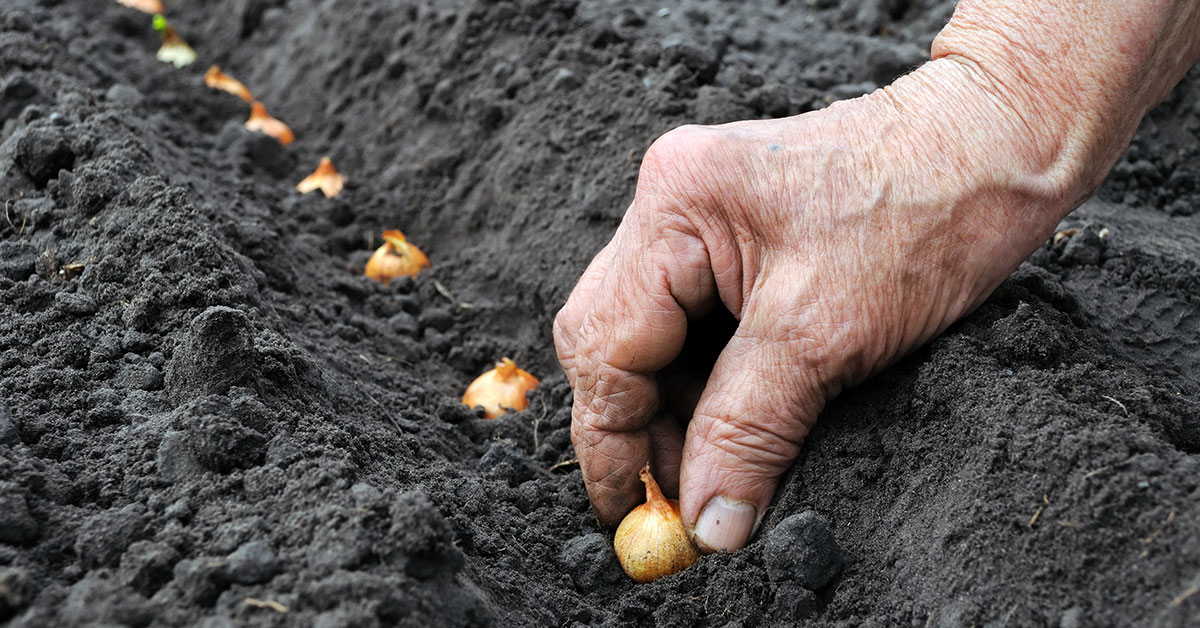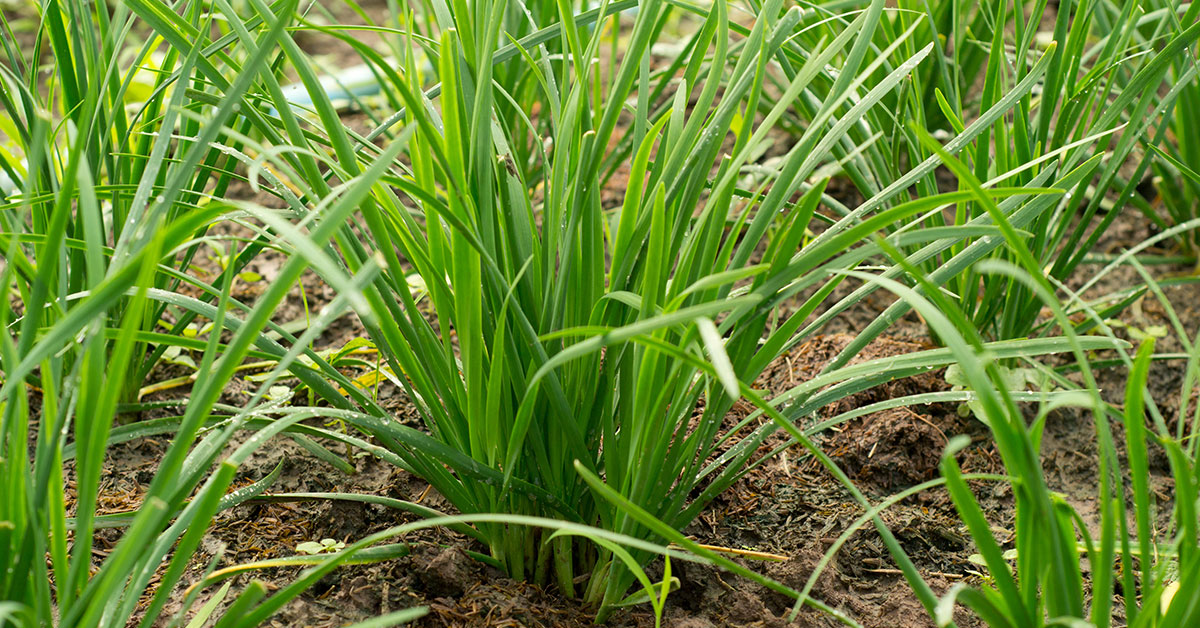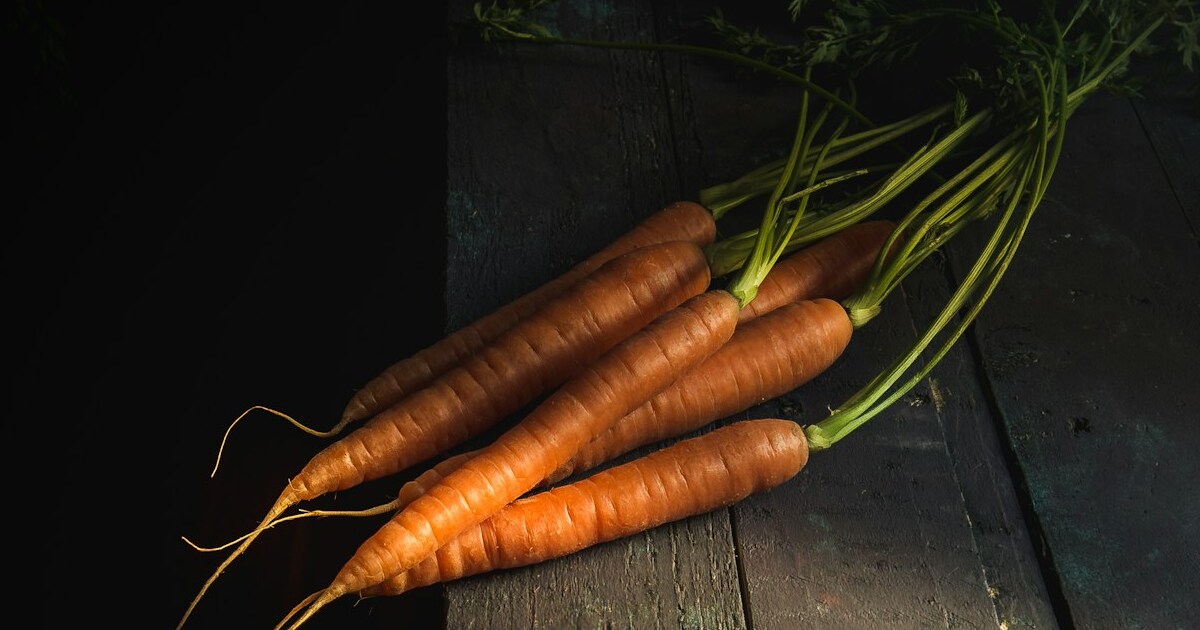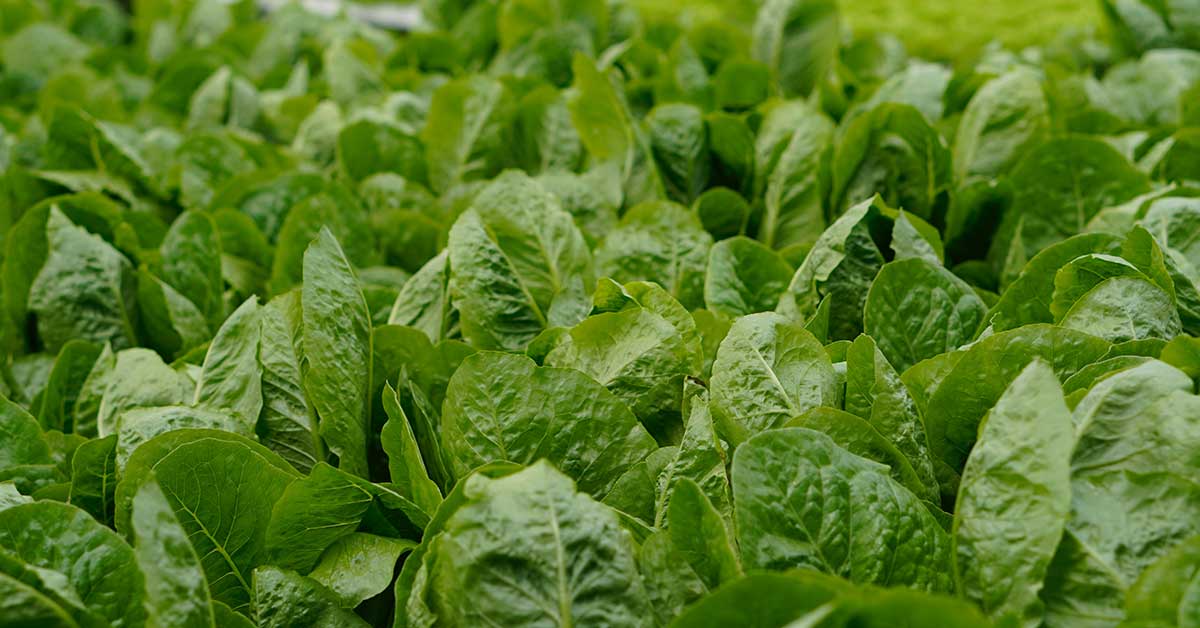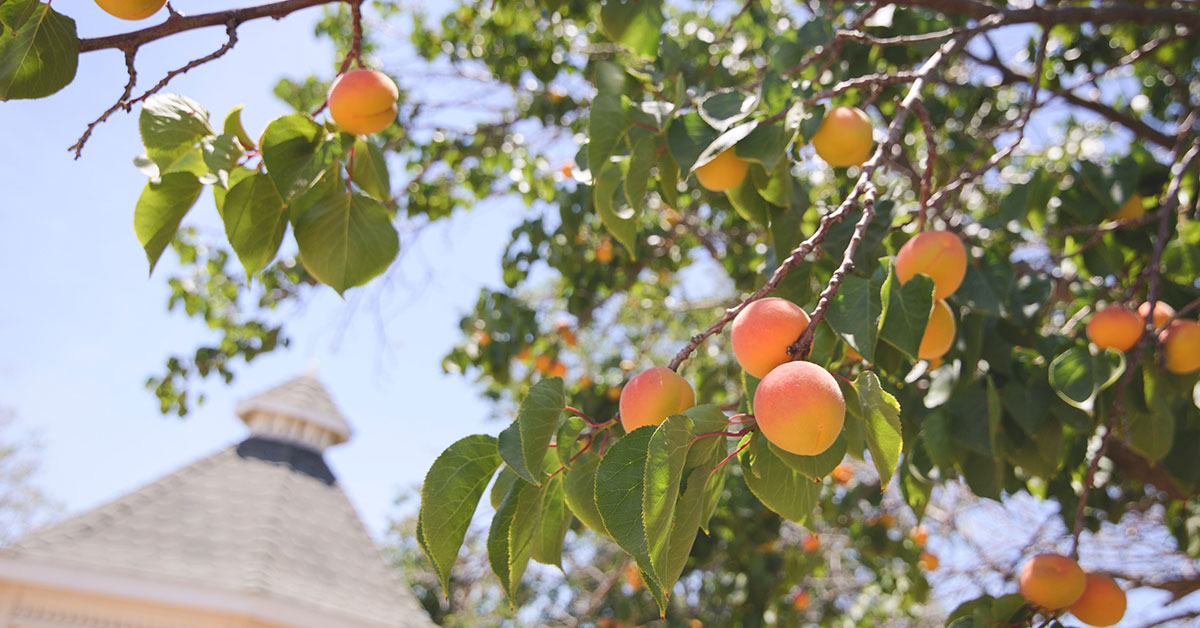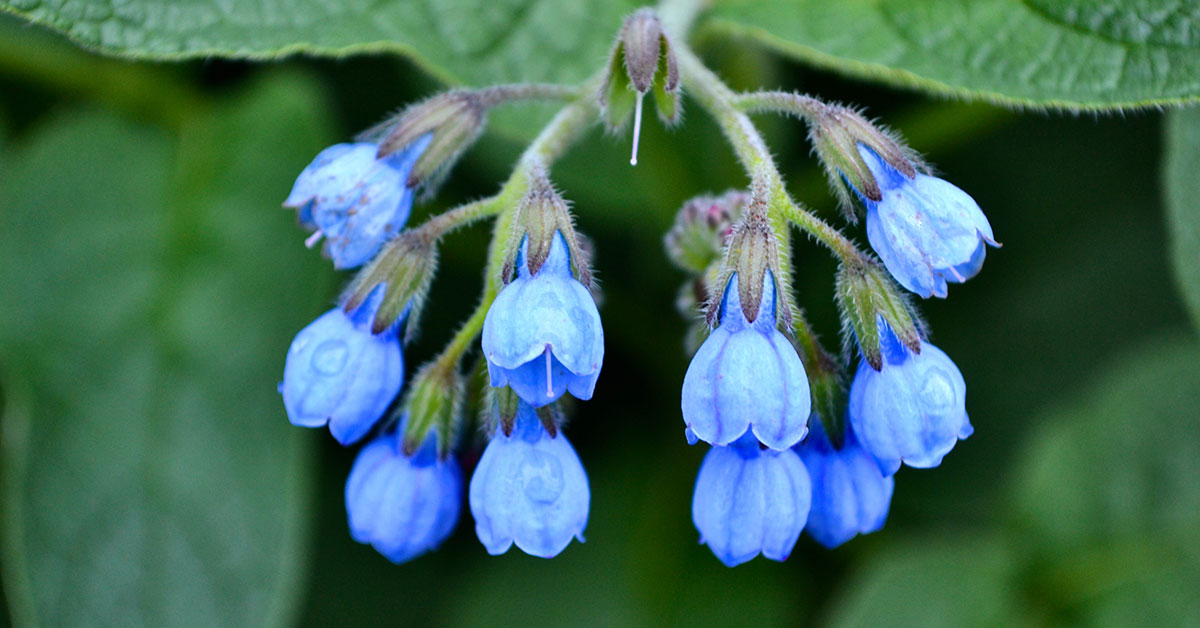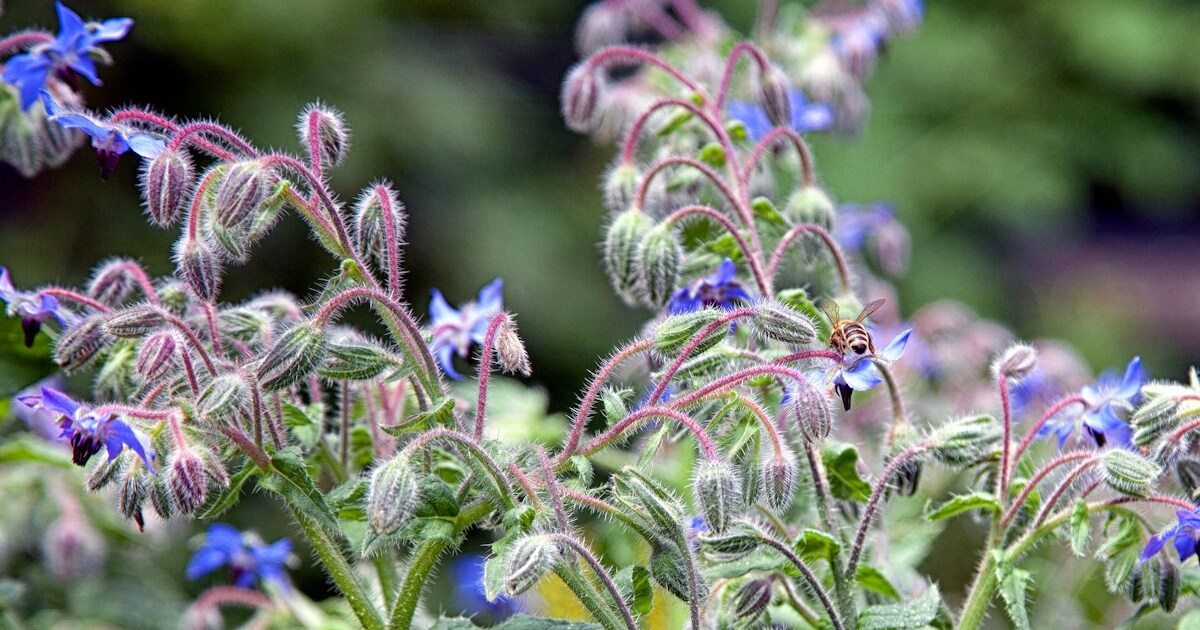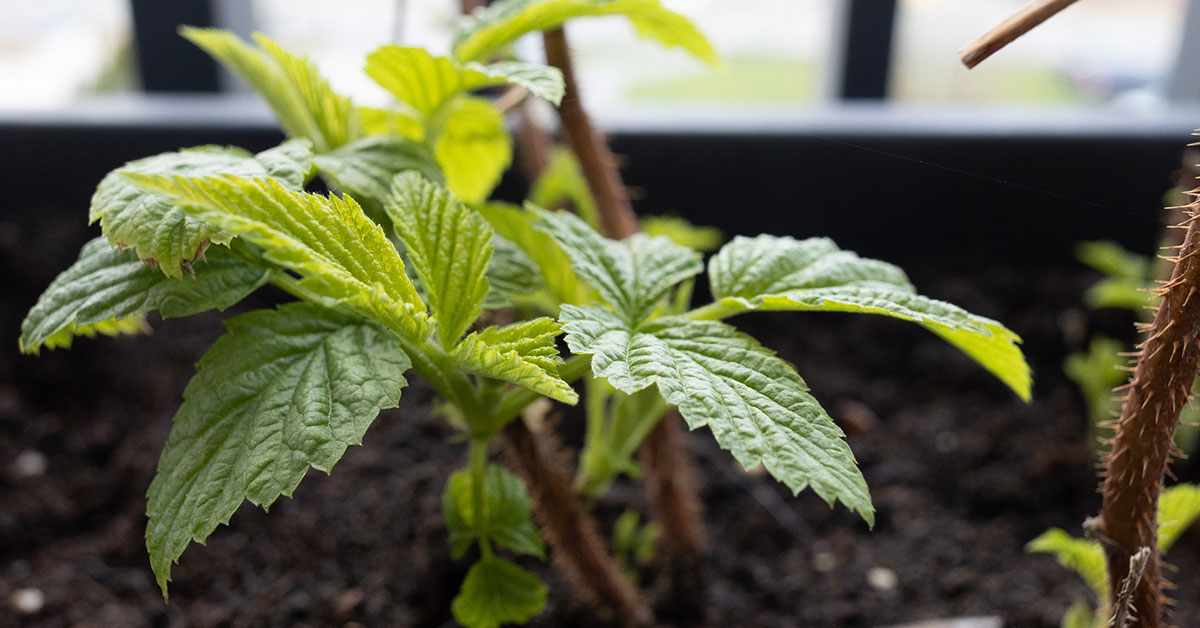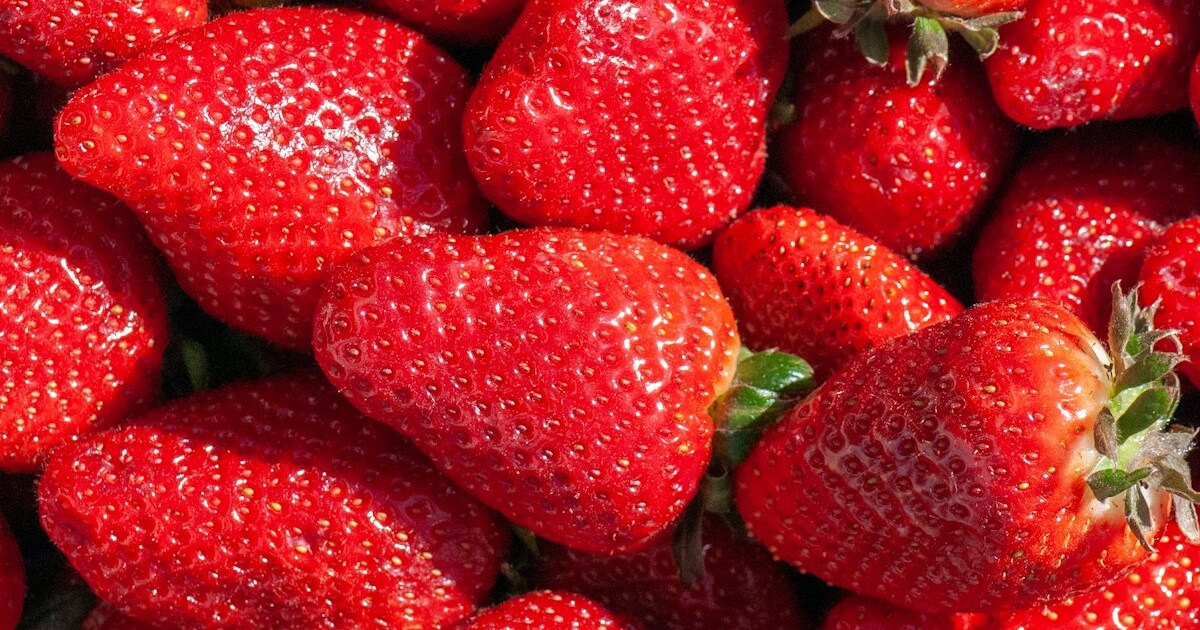If you’re a gardening enthusiast in Nova Scotia looking to add onions to your vegetable patch, timing is everything. Onions are a versatile and popular crop that can be grown in a variety of climates, including the maritime climate of Nova Scotia. However, to ensure a successful harvest of onions in Nova Scotia, it’s crucial to understand the best time to plant onions in this region.
From the type of onion to the weather conditions, various factors come into play when determining the optimal planting time. In this article, we will explore the ideal timeframes for planting onions in Nova Scotia, taking into account the region’s unique climate and growing conditions.
Whether you’re a seasoned gardener or a beginner, this comprehensive guide will help you make informed decisions and maximize your onion harvest.
Best onions to grow in Nova Scotia
In Nova Scotia, some good varieties of onions that have been proven to grow well are:
- Copra: This is a popular choice for its ability to store well. It has a strong flavor and can be used in various culinary dishes.
- Redwing: This variety produces medium-sized red onions that have a mild and sweet flavor. They are great for salads and can also be used in cooking.
- Patterson: Known for its long storage life, the Patterson onion is a reliable choice. It has a strong flavor and is suitable for both cooking and raw consumption.
- Walla Walla: Originally from Washington State, this variety grows well in Nova Scotia due to its ability to tolerate cooler temperatures. It produces large, sweet onions that are excellent for eating fresh.
- Stuttgarter: This is a yellow onion variety that is well-suited for growing in Nova Scotia. It has a mild flavor and is great for cooking and caramelizing.
It’s important to note that the success of onion varieties can vary depending on the specific growing conditions and individual gardening practices. However, these varieties have generally performed well in Nova Scotia.
When to plant Onions in Nova Scotia
In Nova Scotia, the hardiness zones range from 4a to 6b, with the northern regions falling in the lower range and the southern regions in the higher range. These hardiness zones indicate the minimum temperature that a plant can tolerate, helping gardeners determine which plants are suitable for their region.
When it comes to planting onions in Nova Scotia, it is best to consider the specific zone you are in to ensure successful growth. Onions are cool-season crops that prefer cooler temperatures for germination and bulb development. Therefore, the ideal time to plant onions in Nova Scotia is typically in early spring, once the soil has thawed and temperatures consistently reach around 45-50°F (7-10°C).
For areas within hardiness zones 4a and 4b, which experience colder temperatures, it is advisable to start onion seeds indoors or use transplants to get a head start. This can be done around mid-March to early April. By starting seeds indoors, you can provide the onions with the necessary warmth and protection from frost until they are ready to be transplanted outdoors.
In hardiness zones 5a to 6b, where temperatures are generally milder, onions can be directly sown into the garden soil starting from mid-April to early May. Ensure that the soil is well-drained and has been prepared with organic matter to provide a fertile growing environment for the onions.
When planting onions, it is important to consider the desired variety and the time it takes for them to mature. Onions can be grown from sets (small bulbs), transplants, or seeds. Sets are the quickest to mature, typically taking around 60-70 days. Transplants take longer, usually around 90-100 days, while growing onions from seeds can take the longest, ranging from 100-120 days.
To maximize the success of your onion crop, it is crucial to provide adequate care, including regular watering, weeding, and fertilizing. Onions thrive in full sun and require consistent moisture throughout their growing period.
By considering the hardiness zone and planting onions at the appropriate time, Nova Scotia gardeners can enjoy a bountiful onion harvest in their home gardens.
When to harvest Onions in Nova Scotia
The optimal time to harvest onions in Nova Scotia is typically in late summer or early fall, around August or September. This is when the onion bulbs have reached their full size and the tops of the plants have started to yellow and fall over. It’s important to monitor the plants closely and harvest before the tops completely dry out, as this can affect the keeping quality of the onions.
Other considerations
When growing onions in Nova Scotia, there are several important considerations to keep in mind:
- Climate: Nova Scotia has a cool and humid climate, which can affect the growth and development of onions. It is essential to choose onion varieties that are suitable for the region’s growing conditions. Short-day or intermediate-day varieties are generally recommended for cooler climates.
- Soil Preparation: Onions prefer well-drained soil with a pH level of around 6.0 to 7.0. Before planting, it is important to prepare the soil by removing any weeds, rocks, or debris and incorporating organic matter such as compost or well-rotted manure to improve soil fertility and moisture retention.
- Planting Time: Onions can be grown from seeds, sets, or transplants. In Nova Scotia, it is best to start onions from transplants or sets to get a head start on the growing season. Transplants can be started indoors 8-10 weeks before the last frost date and set out in the garden once the soil has warmed up. Sets can be planted directly into the ground in early spring.
- Spacing and Depth: Onions should be spaced properly to allow for proper bulb development. Plant sets or transplants about 4-6 inches apart, with rows spaced around 12-18 inches apart. Plant the sets or transplants about 1 inch deep, making sure the bulb is covered but the tip is exposed.
- Watering: Onions require consistent moisture for optimal growth. Water regularly, providing about 1 inch of water per week, either through rainfall or irrigation. Avoid overwatering, as it can lead to diseases and rotting.
- Fertilization: Onions are heavy feeders and benefit from regular fertilization. Before planting, incorporate a balanced fertilizer into the soil. Additionally, side-dress with nitrogen-rich fertilizer every 2-3 weeks during the growing season to promote healthy foliage and bulb development.
- Weed Control: Keep the onion bed free of weeds, as they can compete for nutrients and water. Regularly remove weeds by hand or use mulch to suppress weed growth.
- Pest and Disease Management: Onions can be susceptible to pests such as onion maggots, thrips, and onion flies. Monitor plants regularly for signs of pests and take appropriate measures, such as using insecticidal soaps or organic pest control methods, if necessary. Diseases like onion rot, downy mildew, or neck rot can also affect onions. Practice good sanitation, crop rotation, and avoid overwatering to prevent disease issues.
- Harvesting: Onions are typically ready for harvest when the foliage turns yellow and starts to dry out. Lift the bulbs gently from the ground and allow them to cure in a warm, dry, and well-ventilated area for a few weeks. Once the outer skin is dry and papery, remove any excess soil and store the onions in a cool, dry place.
By considering these factors and providing proper care, you can successfully grow onions in Nova Scotia.


